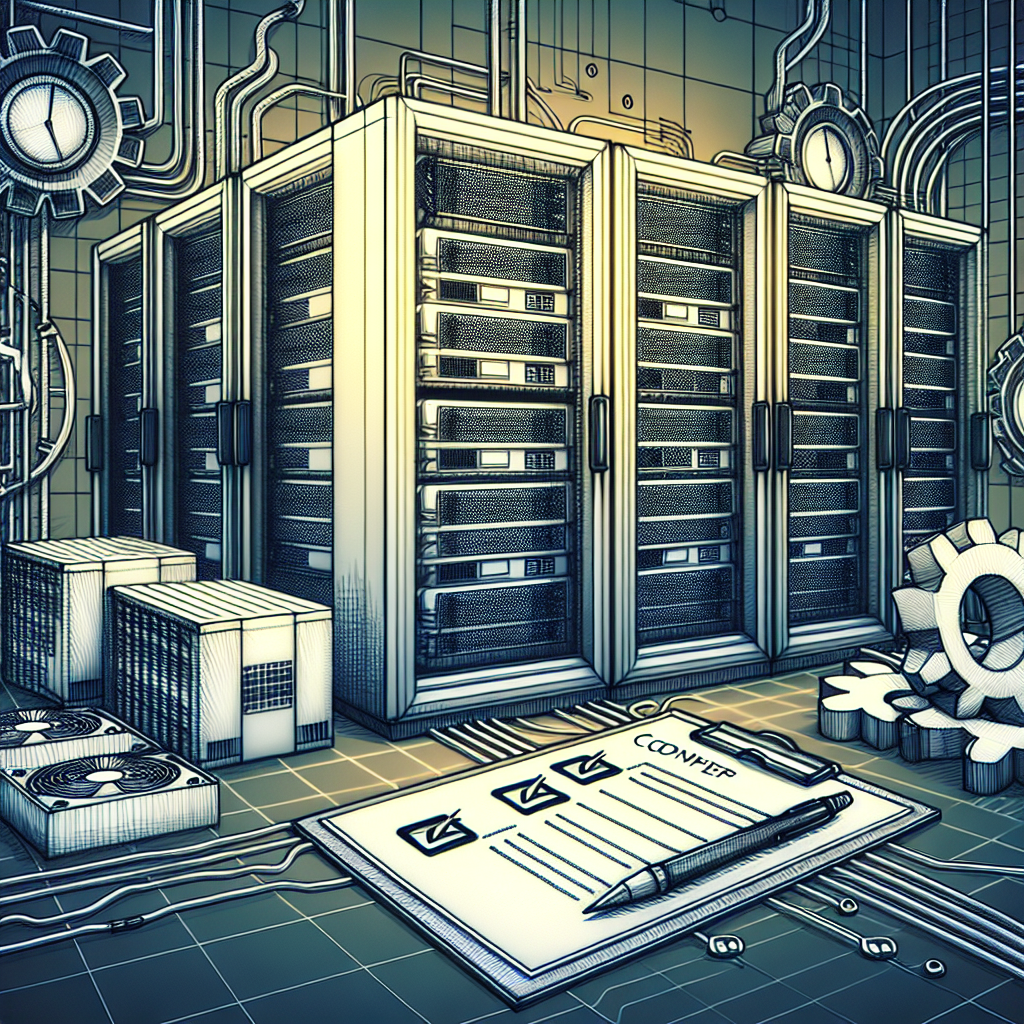Your cart is currently empty!
Best Practices for Managing Data Center Facilities

In today’s digital age, data centers play a crucial role in the operations of businesses and organizations. These facilities house servers, storage devices, and networking equipment that store and process large amounts of data. Managing a data center facility requires careful planning, maintenance, and monitoring to ensure that it operates efficiently and securely. Here are some best practices for managing data center facilities:
1. Regular maintenance: Regular maintenance of equipment and infrastructure is essential to ensure optimal performance and prevent downtime. This includes inspecting and cleaning servers, cooling systems, power supplies, and networking equipment. Scheduled maintenance should be carried out by qualified technicians to identify and address any potential issues before they escalate.
2. Monitoring and management tools: Implementing monitoring and management tools can help data center administrators track the performance and health of equipment in real-time. These tools can provide insights into power usage, temperature levels, server performance, and network traffic, allowing administrators to make informed decisions and take proactive measures to prevent issues.
3. Redundancy and backup systems: Data centers should have redundant systems in place to ensure uninterrupted operation in case of equipment failure or power outage. This includes backup power supplies, redundant networking equipment, and data replication to secondary storage devices. Regular testing of backup systems is also crucial to ensure they are functioning properly when needed.
4. Security measures: Data center security is paramount to protect sensitive data and prevent unauthorized access. Implementing measures such as access control systems, surveillance cameras, biometric authentication, and encryption can help safeguard the facility and its contents. Regular security audits should be conducted to identify and address any vulnerabilities.
5. Disaster recovery planning: Developing a comprehensive disaster recovery plan is essential to ensure business continuity in the event of a natural disaster, cyberattack, or equipment failure. This plan should include procedures for data backup, system restoration, and communication with stakeholders. Regular testing and updating of the plan are crucial to ensure its effectiveness.
6. Environmental considerations: Data centers consume a significant amount of energy to power and cool equipment, leading to high operational costs and environmental impact. Implementing energy-efficient practices such as using virtualization, hot/cold aisle containment, and airflow optimization can help reduce power consumption and lower operating costs. Additionally, data center facilities should comply with environmental regulations and strive to minimize their carbon footprint.
In conclusion, managing data center facilities requires a combination of best practices, including regular maintenance, monitoring tools, redundancy systems, security measures, disaster recovery planning, and environmental considerations. By following these practices, data center administrators can ensure the efficient and secure operation of their facilities to support the needs of their organization.

Leave a Reply